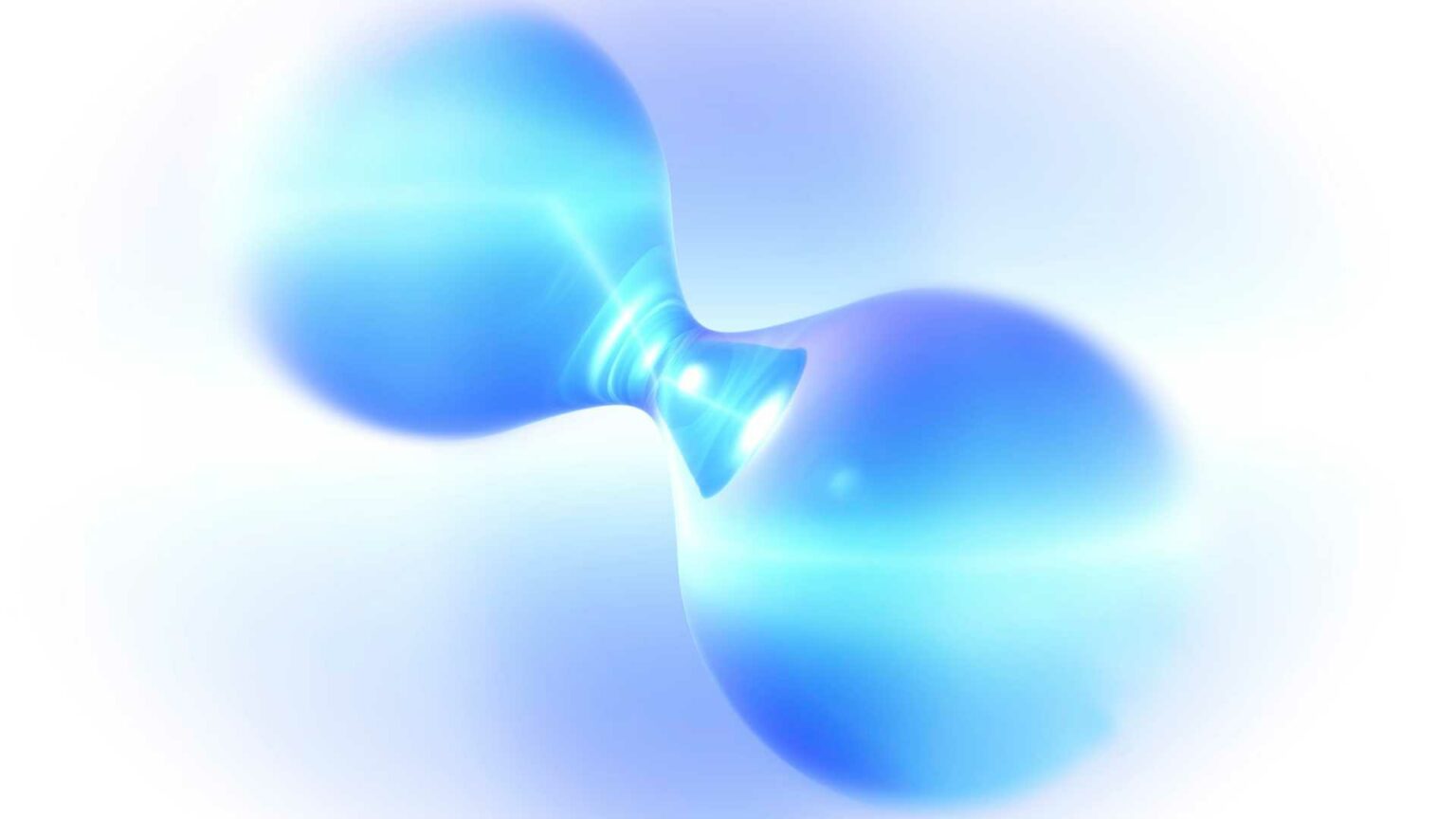A research group has revealed a novel method to enhance the electrochemical surface area (ECSA) in a calcium-doped perovskite, overcoming a common bottleneck in the application of perovskite oxides as electrocatalysts in hydrogen fuel cells.
The findings, detailed in the journal Advanced Materials on November 29, 2023, mark a significant stride in addressing challenges associated with low conductivity and surface area in perovskite oxides.
Perovskite oxides have long been recognized for their intriguing properties, positioning them as valuable players in various technological applications. Their high intrinsic activities make them a promising alternative to noble metal catalysts, particularly for efficiently catalyzing the oxygen reduction reaction (ORR) in hydrogen fuel cells. However, their application has been hindered by inherent drawbacks—poor electrical conductivity and low specific surface area.
The research, led by Hao Li, Associate Professor at Tohoku University’s Advanced Institute for Materials Research (WPI-AIMR), introduces an electrochemically induced calcium-leaching process to address these challenges. Li explains, “Our electrochemically induced calcium-leaching process greatly increased ECSA in LCMO64,” resulting in a surface area approximately 33.84% higher than unactivated materials. This activated, calcium-deficient LCMO64 exhibited superior electrocatalytic ORR performance, surpassing the benchmark commercial Pt/C catalyst in an alkaline solution.
To validate the material’s prowess, Li and his colleagues conducted theoretical analysis, electrochemical surface state probing, and pH-dependent microkinetic modeling. The results indicated that this catalyst achieves the Sabatier optimum of alkaline ORR, showcasing its potential for hydrogen fuel cell applications.
This research pioneers the use of calcium (Ca) doping to overcome limitations related to low conductivity and surface area in perovskite oxides. The unique phenomenon of calcium leaching observed under ORR conditions results in increased surface roughness, expanding the available surface area for ORR and significantly boosting the catalyst’s overall performance.





